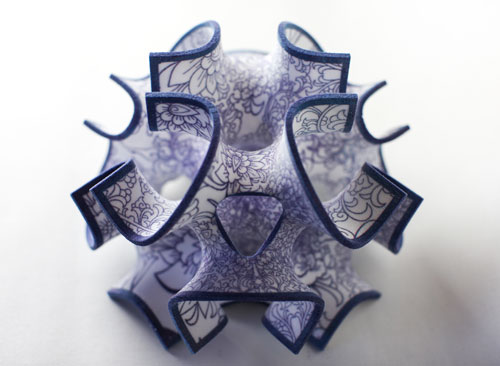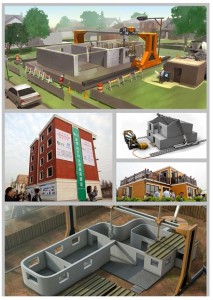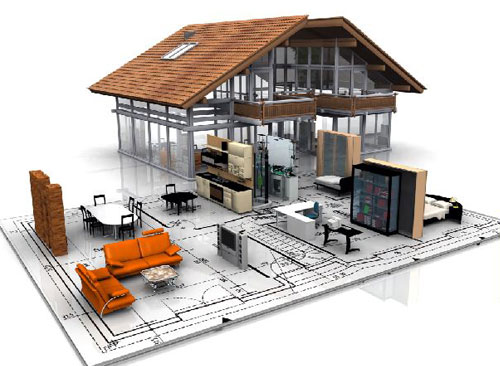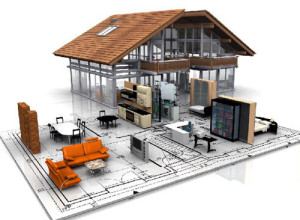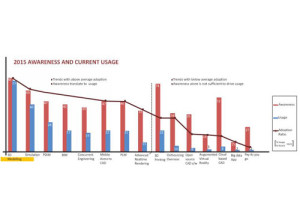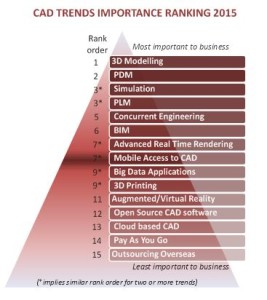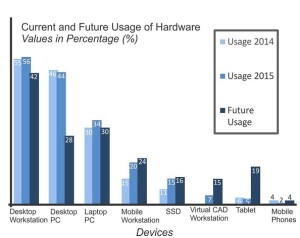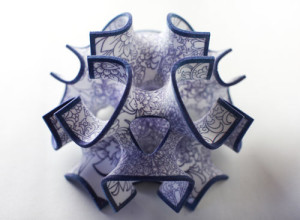 As applications of the technology expand and prices drop, the first big implication is that more goods will be manufactured in or close to their point of purchase or consumption. This might even build houses! Many goods that have relied on the scale efficiencies of large, centralized plants will be produced locally. Cars which are made today by a few hundred factories around the world might one day be made in every metropolitan area. Parts could be made at dealerships and repair shops, and assembly plants could eliminate the need for supply chain management by making components as needed. Another implication is that goods will be infinitely more customized, because altering them won’t require retooling; only tweaking the instructions in the software. Creativity in meeting individuals’ needs will come to the fore.
As applications of the technology expand and prices drop, the first big implication is that more goods will be manufactured in or close to their point of purchase or consumption. This might even build houses! Many goods that have relied on the scale efficiencies of large, centralized plants will be produced locally. Cars which are made today by a few hundred factories around the world might one day be made in every metropolitan area. Parts could be made at dealerships and repair shops, and assembly plants could eliminate the need for supply chain management by making components as needed. Another implication is that goods will be infinitely more customized, because altering them won’t require retooling; only tweaking the instructions in the software. Creativity in meeting individuals’ needs will come to the fore.
It is a small evolutionary step from spraying toner on paper to putting down layers of something more substantial until the layers add up to an object. And yet, by enabling a machine to produce objects of any shape, on the spot and as needed, 3-D printing really is ushering in a new era.
You may soon be living in a 3D- Printed Apartment
The Shanghai-based construction firm WinSun Decoration Design Engineering has unveiled a five-story apartment building made entirely with a giant 3D printer, and is calling it “The world’s tallest 3D-printed building.” With a terracotta brick-like exterior, the building is on display at the Suzhou Industrial Park, along with a 1,100-square-meter (11,840-square-foot) 3D-printed neoclassical mansion.
The buildings were made with a patented “ink” created from a mixture of recycled construction waste, coursed through a 150-meter long printer. This is the same technology that the company demonstrated last year when it printed 10 affordable single-story houses in 24 hours, a feat that captured the imagination of architects, humanitarian aid agencies, and governments looking for alternative housing solutions.
According to the chief engineer of China Construction, Ma Rongquan, who inspected the buildings, informed that both structures are in compliance with national standards.
Ten of the mansions have already been pre-ordered by a Taiwanese real estate group, and the Egyptian government has ordered 20,000 of the affordable single-story houses.
WinSun is not the only company to embark on printing houses—nor does it make the most beautiful 3D buildings—but unlike some of the other companies in the field, its ambitions are global, and it seems to have had some success convincing investors of its scalability. The company has plans to build 3D construction factories in more than 20 countries, including the US, Saudi Arabia, the U.A.E, Qatar, Morocco, and Tunisia. Its engineers are currently working on a printer that turns desert sand into building material.
India needs China’s 3D-printing construction technology soon
It takes six months on average to build a house in the US. In India, where brick and cement are favored over wood, build times are usually double that, if not more. Meanwhile, a Chinese construction company assembled a 3D-printed house in just three hours.
In India, constructing a house over months at a time means extended periods of noise and dust pollution, unsafe working conditions and the high costs of keeping contractors, security staff and laborers on duty.
By employing 3D-printing to pre-fabricate homes, these issues can be tackled easily. Zhuoda Group, the Chinese firm behind the three-hour construction miracle, says that 90 percent of the house it assembled in front of a live audience was built in a factory, complete with interiors, wiring, plumbing and sanitaryware.
In addition, this method could also reduce India’s reliance on migrant labor from rural areas. Workers are often underpaid (a 2012 study found that men were paid less than $4 a day, while women earned less than half that), pressured to press their children into service and forced to work in unsafe environments. And of course, once construction is complete, they are left out in the cold and at the mercy of labor contractors to find their next project.
This is the sort of technology India needs to invest in next.
Image Courtesy: www.goodlifepromotions.net | www.fastcoexist.com | www.archdaily.com |www.thenextweb.com| www.viralforest.com| www.archdaily.com | www.pinterest.com
